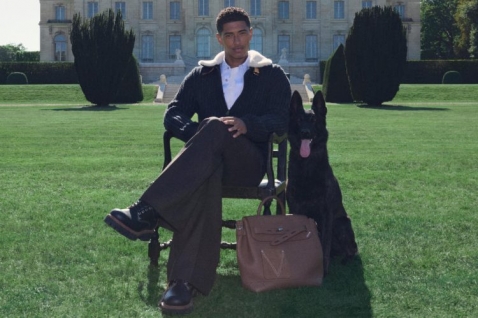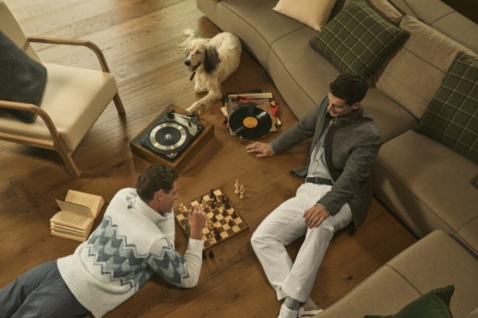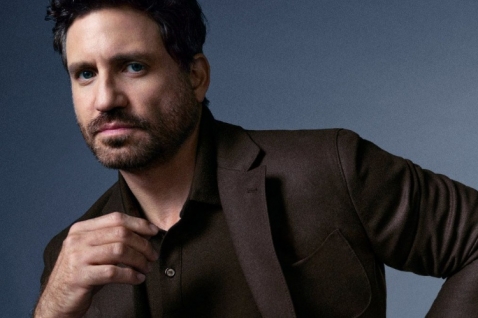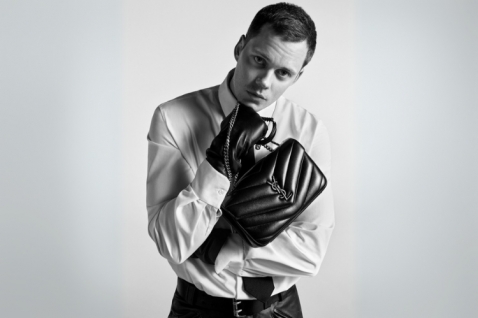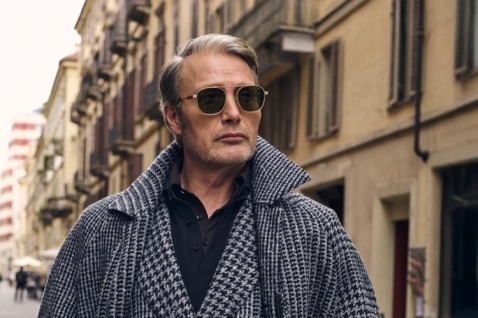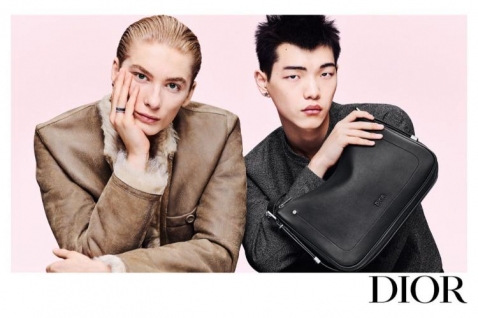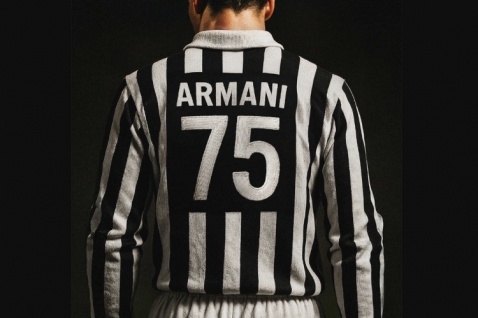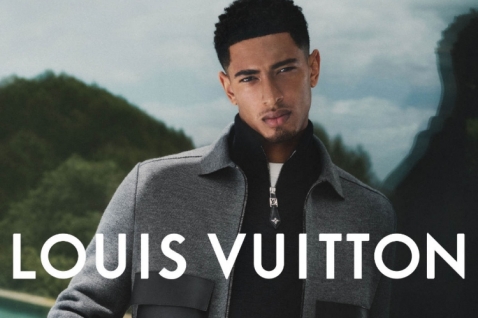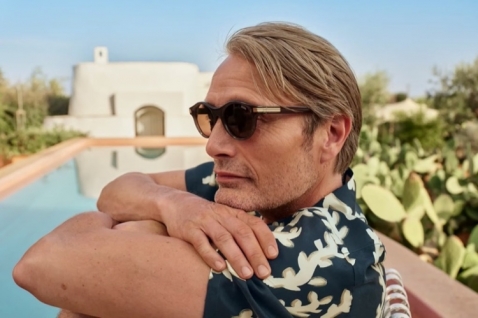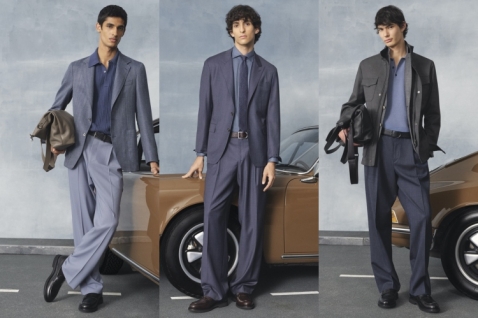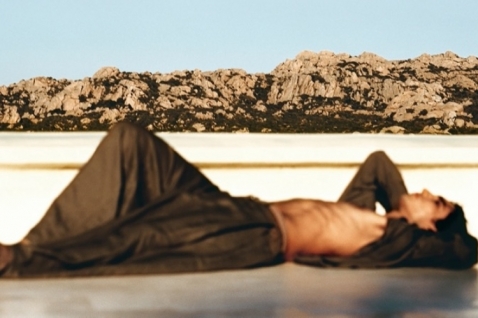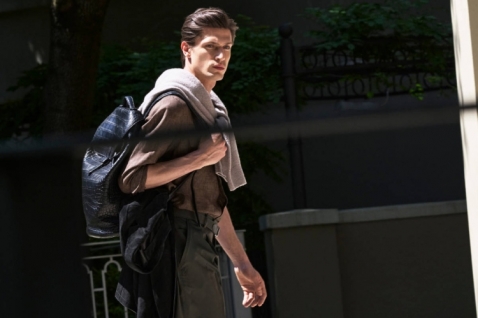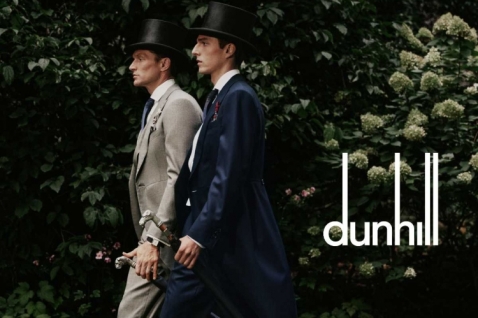From white wing collars to retro-influenced trends, men's fashion has been born, changed, and reborn time and time again…
The colors, fabrics and patterns are constantly reappearing as men's positions in society are altered. And men's fashion and clothing has always been directly affected by outside factors.
War, world events and eventually the younger generation all impacted the men's world of fashion. Here is a brief timeline of men's styles from the early twentieth century, when clothing was smart and simple, to the new millennium, a melting pot of previous fads that are all meshed together.
1920s: It was a time when men still wore distinguishable "daytime" and "evening" attire. Sacque suits were worn with shirts in mellow shades of putty, peach and cedar. The "always-suave" tailcoat, with perfectly starched white shirt underneath, was regularly accompanied by a top hat and black patent leather shoes, and comprised formal evening wear. In 1925, baggy pants were first introduced into fashion, and flannel became the fabric of the era. Knickers were also the latest in casual wear for the well-dressed gentleman, and are still worn occasionally today.
1930s: On October 24, 1929, the economic world, including the fashion industry and, for that matter, most industries, were turned completely upside-down. It was the infamous day of the great Wall Street crash, which resulted in cutbacks on the way clothes were both manufactured and purchased. Men's suits were restructured in the hopes of creating the image of a wider torso, and shoulders were squared-off by wadding or pads. The double-breasted suit was steadily growing in popularity, and was often designed in colors that are still considered fashionable today: charcoal, steel, slate, navy, and midnight blue. And blazers were hot in the summertime, especially in unique colors like bottle green and tobacco brown.
1940s: The zoot suit was one of the few exceptions to the strict rationing of that time. Men's fashion after the war preferred a new look: long, full-cut clothing. The "casual shirt," which was first sported on the beaches along the east and west coasts - especially Florida and California -- was seen on the backs of men everywhere. And for the first time, young people were setting the fashion trends while the older people followed.
1950s: Men, with the new title of "heads of their households," had to have a certain dress code for work. Business attire consisted of a curly bowler, narrow trousers, single-breasted coats with velvet collars, and a rolled-up umbrella. In 1954, men surprisingly began to wear pink shirts. And two years later, the "sloppy joe" look emerged -- a sleeveless shirt with a long cigarette holder -- now that's stylin'.
1960s: Men's suits, under constant renovation, became tighter-fitting in this decade, and narrow pants were worn by the fashionable young with "winkle picker" shoes. Sideburns were "in," and long hair became more respectable. In the later part of the '60s, men's fashion took a more "feminine" look: paisley shirts in bright fluorescent colors and bell-bottomed velvet pants. Sleeves were puffy. Trousers were bright and bold in purples, oranges and greens, offset by flowered prints on velvet fabric combinations. Jewelry collections for men were also launched.
1970s: Jogging suits, sneakers, message tees, and hot pants - the disco era's "fine specimen" was a guy dressed in a tight pair of polyester bell-bottoms, a bright floral body shirt with a wide butterfly collar, and six-inch platform shoes. Nylon, acrylic, and of course, polyester were the fabrics of this decade, and unisex clothes were totally cool.
1980s: Designers Anne Klein, Vivian Westwood, Jean Paul Gaultier, Moschino, and John Galliano were busy turning out the latest power suits for the evolving conservative preppies of that generation. Guys were wearing their hair long and layered, teased, or in a Mohawk-do. Leather and studded jean jackets were "rad," as was the Miami Vice look: pastel T-shirts under dinner jackets and loafers with no socks.
1990s: Fashion was influenced by retro. Vintage second-hand clothes shopping was the trendiest way to create a unique look all your own. Gothic and cyber punk styles appeared, as well as hemp clothing. Men were no longer adhering to one specific fashion, rather to whichever they preferred. Suits were now available in a wide range of cuts, colors and patterns. Accessories for guys were also premiering on shelves in men's clothing stores everywhere.
The new millenium fashion
Men's fashion and style since the year 2000 has been, quite objectively, a mixture of the best elements of all previous fashion eras: the baggy pants of the '20s, the casual shirt of the '40s, platforms from the '70s, and retro from the '90s all rolled together. There isn't a particular pattern or fabric that stands out exclusively from all the others. But one thing's for sure: fashion of the new millennium is anything but simple.
And maybe the paisley fluorescent shirts are doomed to repeat themselves. Inevitably, men's fads will continuously return at one time or another, when the timing and circumstances are right.

